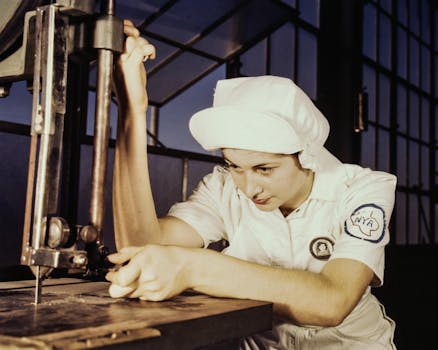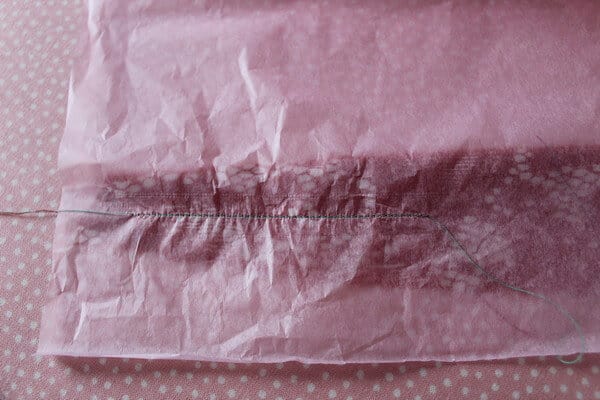
This is how sewing with knits always felt to me. (above picture) I gave up sewing with knits because my knit projects were always a disaster. The bobbin thread would tangle up, the stitches would ALWAYS pucker or break and my project ended up in the garbage more times than not. How frustrating! A complete waste of time and money. But time marches on and things change.
I recently watched a woman on t.v. make a knit dress and was inspired to give knits another try. (No, it wasn't Ginger).
I made a knit skirt following her tips for working with knits and my skirt worked up perfectly. Who knew that sewing with knits could actually be enjoyable? I didn't.
I remember in the 70's when everyone was wearing knits and home sewing was in vogue. (here's to hoping home sewing comes back). My mother loved to sew and she had her own method of sewing with knits. A knit that was silky or had a 4 way stretch to it had to be manipulated. My mother would tear strips of paper to lay on top of (and sometimes underneath) her seam so the fabric would feed properly into the machine.

If you have a sewing machine without a Zig Zag stitch, you may still have to use that method. My machine is not new or fancy by any means. I sew on an old Viking but it does have some built in stitches that make my sewing experience a little easier.
I tend to ramble so let's get back to 'The Three Things You Need To Know When Sewing With Knits.'
1. Polyester thread is crucial. Cotton thread will break if stretched too far but polyester thread will stretch with your knit fabric ensuring less stress on your seams.
Make sure you have polyester thread in both your machine and your bobbin for optimal performance.
2. Use a Zig Zag stitch. Most machines have a Zig Zag stitch that can be adjusted. When I say adjusted I mean adjusting the stitch length. You want to have a small Zig Zag stitch but you will need the stitch length to be longer than the machines pre-set length.
This is what my regular Zig Zag machine looks like and above it is my knit stitch. See how the stitches on the top row are closer together but very slanted? That slant is what allows the seam to stretch.
Every machine brand is different so get out the user manual for you machine and of course practice on scrap fabric until you find the perfect stitch and tension for your machine.
If you have lost or cannot find the user manual for your machine, try this link. www.manualslib.com
They have the manual to just about every machine made
3. DO NOT push your knit fabric through the machine. We tend to do this with cotton fabrics, thinking that we are "helping" the fabric feed through the machine. Knit fabrics are not so forgiving. You will end up with skipped stitches and puckers. Instead, guide the knit fabric through the machine to maintain an even seam allowance but allow the knit to feed itself through the machine. You will have a more harmonious outcome, I promise.
Do you sew with knits? Do you have any special methods for working with knits? I would love to hear from you.
No comments:
Post a Comment